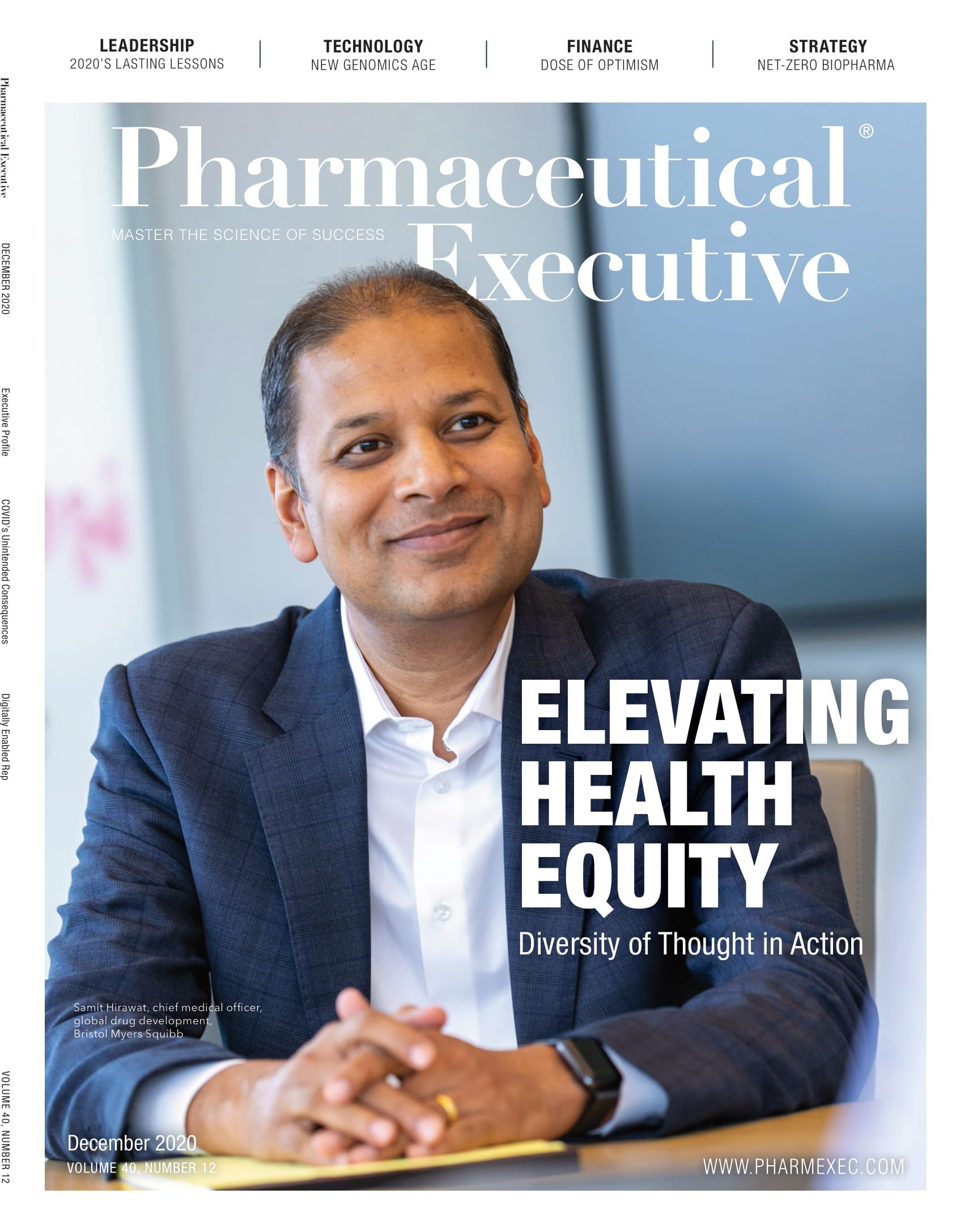- Sustainability
- DE&I
- Pandemic
- Finance
- Legal
- Technology
- Regulatory
- Global
- Pricing
- Strategy
- R&D/Clinical Trials
- Opinion
- Executive Roundtable
- Sales & Marketing
- Executive Profiles
- Leadership
- Market Access
- Patient Engagement
- Supply Chain
- Industry Trends
The Emergence of Genomics 2.0: Advancing with Data
To realize the promise of genomics, pharma must be prepared to mine the data more effectively.

The much-heralded potential for genomics to accelerate clinical research and drug development and personalize treatment regimens has been coming into sharper focus over the last few years, with the explosion of health data ushering in a similarly exponential increase in genomic data. But as the KPMG report, Driving value from genomics in life sciences (2018) maintained, this potential is at risk if the life sciences sector fails to manage genomic data effectively. According to Dr. Maria Chatzou Dunford, CEO of AI-bioinformatics technology company, Lifebit, by 2025 more than 500 million human genomes will be sequenced, creating more data than YouTube and Twitter combined. Mining this data to realize those breakthroughs in drug discovery means facing “the overwhelming conundrum of extracting meaningful insights from massive data that is distributed, non-standardized complex, and inaccessible to most.”
Dunford told Pharm Exec that a lot of current technologies in this area “are built for “Genomics 1.0,” which is a world with very few, very small genomic data sets, which tended to be centralized and not very diverse.” Over the last couple of years, however, we have entered the Genomics 2.0 era,” with exponentially more datasets that are very diverse, for example, clinical data, phenotypic data, drug data, etc. “The dimensionality, size, and diversity has increased massively from what it used to be.”
Accessing the inaccessible
The biggest problem, says Dunford, rests with data accessibility. She explains that Lifebit’s AI-powered platform, Lifebit CloudOS, enables federated analysis of data, regardless of the data’s location or structure. “A federated approach means users can access multiple different sets of data but sees these data as if they were in one place; disparate data sets can be mixed and matched and analyzed as if they were one set.” Federation also helps overcome the restrictions on the data that have been put in place by the regulators. “Along with European data regulation, you now also have country- and sometimes state-specific regulations in hospitals. These data cannot leave the hospital, or country, or leave Europe.” Researchers must take exceptional measures to anonymize and de-identify participants’ genomic data to comply with relevant regulations such as the European General Data Protection Regulation (GDPR) and the Health Insurance Portability and Accountability Act (HIPAA) Safe Harbor rule in the US. While anonymization and de-identification of patient data are very difficult to ensure, a federated approach allows researchers to abstract analysis on top of secure multi-party computation systems. Essentially, the data never moves. Lifebit’s general manager Frank Seo points to estimations that “80 to 90% of the genomic data out there” has been inaccessible. “So that’s another problem federation solves,” he adds. “The potential for discovering new medicines grows exponentially if the industry can unlock that other 90% of the data.”
The next big thing
If you look at the history of pharmaceuticals, says Dunford, initially it was all about the chemistry—“and it took pharma about a hundred years to perfect that.” The “next big thing” is data. “The problem for pharma is that it doesn’t have a hundred years to perfect its approach to data. It has maybe five to 10 years to get to the next stage.” To stay competitive, adds Dunford, the industry needs to be thinking about how it can operationalize personalized medicine, and create drugs that are more valuable and more precise, and unlock new models such as value-based pricing. “If companies want to stay competitive and become the next generation of pharma, they need to be investing more into Genomics 2.0 technologies.”
Commenting on Driving value from genomics in life sciences, Professor Hilary Thomas, KPMG’s chief medical adviser, noted that data governance “is the real cornerstone of a robust genomic data strategy.” Thomas proposed that every life sciences company appoint a data protection officer to oversee genomic data. “The race for new products is fierce,” she added, “but you can’t hope to win” without accurate and credible data.
Julian Upton is Pharm Exec’s European and Online Editor. He can be reached at jupton@mjhlifesciences.com.

The Impact of Artificial Intelligence on the Creation of Medicines
October 24th 2024Najat Khan, chief R&D officer, chief commercial officer, Recursion, and Fred Hassan, director, Warburg Pincus, discuss how artificial intelligence can help reduce healthcare costs at the 20th Annual Young & Partners Pharmaceutical Executive Summit held at the Yale Club of New York.
Plan Ahead: Mastering Your AI Budget for 2025 Success
October 9th 2024Generative AI is just one part of the artificial intelligence and machine learning that is being used by life science organizations, emerging as a major area of interest and an area in which costs and ROI are still largely unknown.
